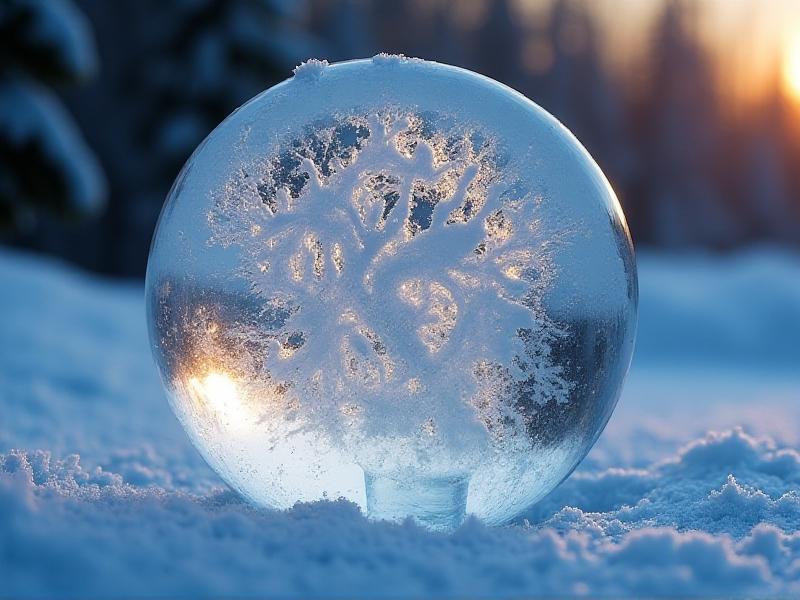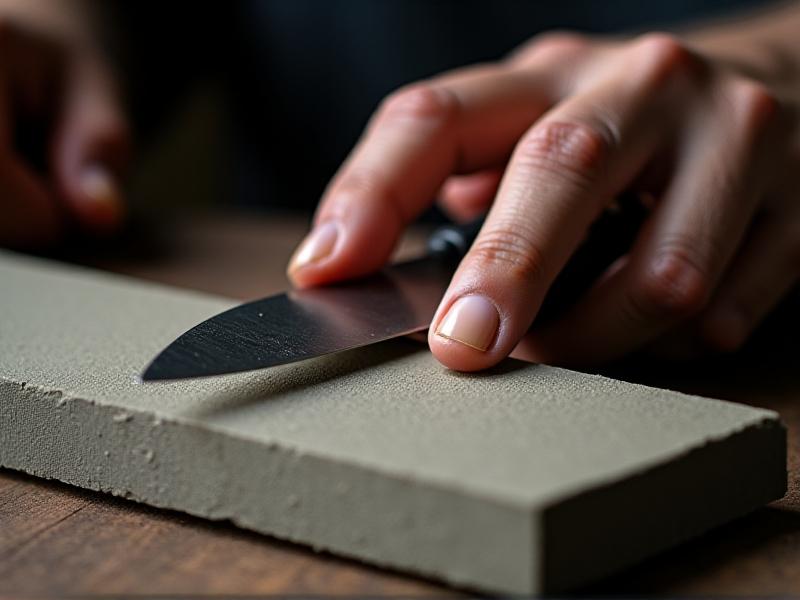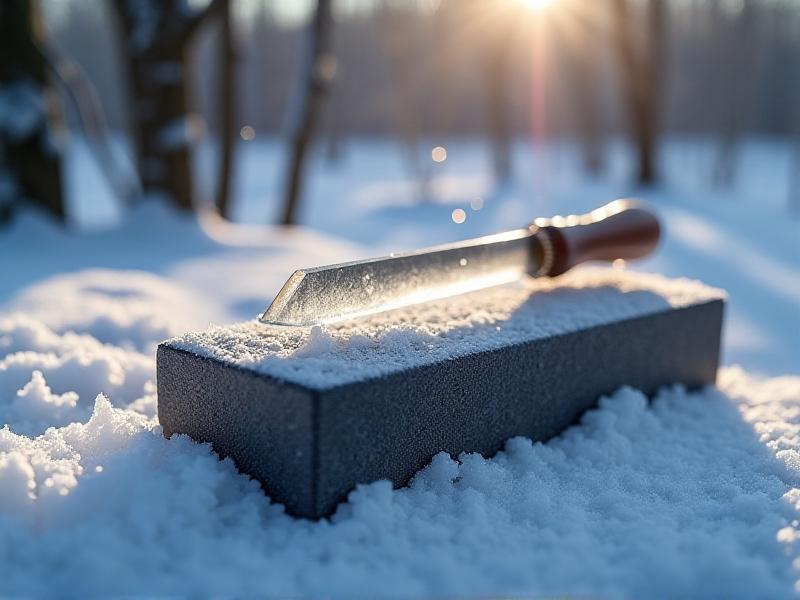Maintaining Razor-Sharp Edges on Traditional Ice Carving Chisels
The Importance of Sharp Chisels in Ice Carving
Ice carving is an art form that demands precision, creativity, and the right tools. Among these tools, chisels play a pivotal role. Maintaining razor-sharp edges on traditional ice carving chisels is not just a matter of convenience; it’s a necessity for achieving clean, detailed cuts. A dull chisel can lead to jagged edges, uneven surfaces, and even accidents. Sharp chisels, on the other hand, allow the carver to glide through the ice with ease, ensuring that every detail is captured as intended. This section explores why sharpness is crucial and how it impacts the overall quality of the carving.
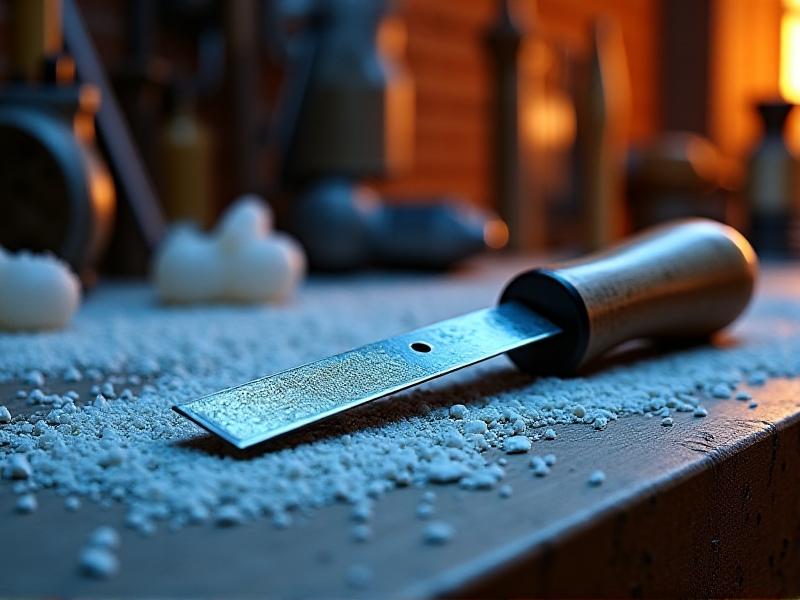
Understanding the Anatomy of an Ice Carving Chisel
Before diving into maintenance techniques, it’s essential to understand the anatomy of an ice carving chisel. Traditional chisels typically consist of a blade, a tang, and a handle. The blade is the most critical part, as it’s the part that comes into direct contact with the ice. The edge of the blade must be kept sharp to ensure efficient carving. The tang connects the blade to the handle, which is often made of wood or another durable material for a comfortable grip. Knowing the different parts of the chisel helps in identifying areas that require attention during maintenance.
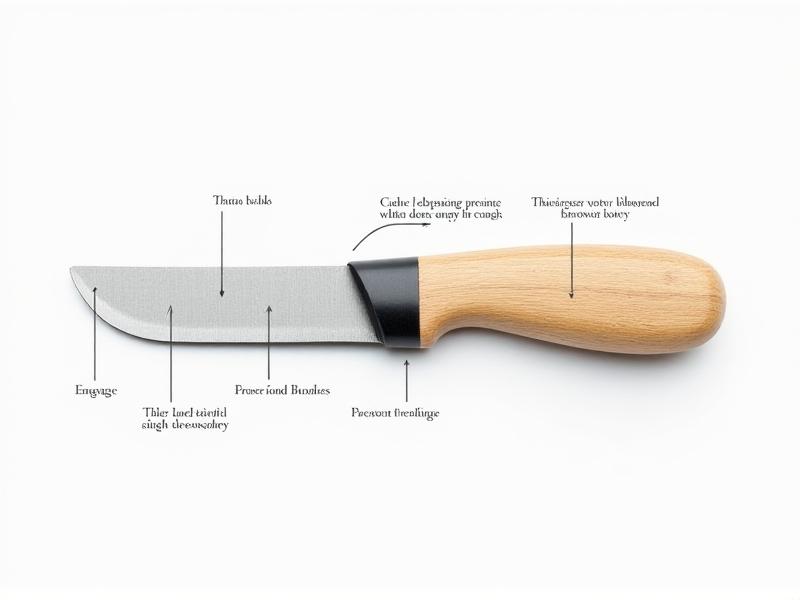
Choosing the Right Sharpening Tools
Selecting the appropriate sharpening tools is a crucial step in maintaining the edge of your chisels. Common tools include sharpening stones, honing guides, and strops. Sharpening stones come in various grits, from coarse to fine, allowing you to gradually refine the edge. Honing guides help maintain the correct angle while sharpening, ensuring consistency. Strops, often used with polishing compounds, provide the final touch to achieve a razor-sharp edge. This section discusses the pros and cons of each tool and offers recommendations based on different carving needs.
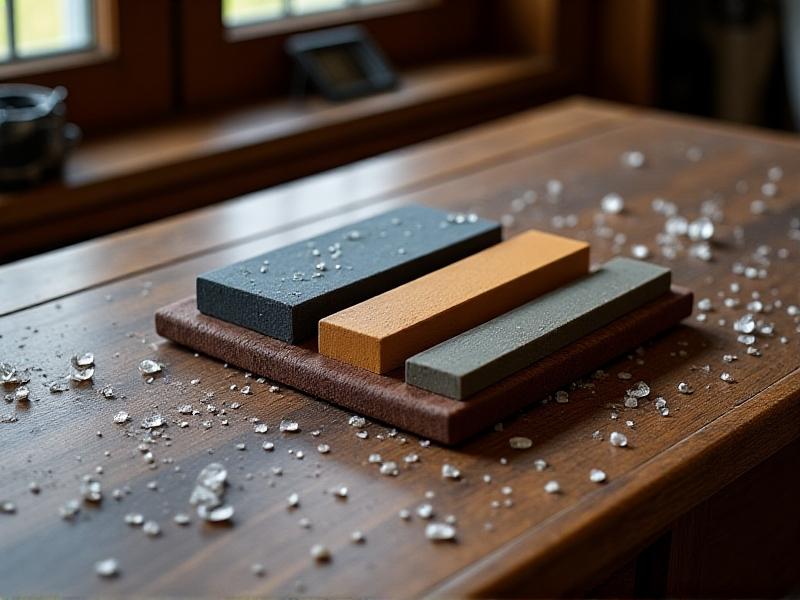
Step-by-Step Guide to Sharpening Your Chisels
Sharpening an ice carving chisel is a process that requires patience and precision. Begin by cleaning the blade to remove any debris or ice residue. Next, use a coarse sharpening stone to reshape the edge if necessary, followed by progressively finer grits to refine it. A honing guide can help maintain the correct angle throughout the process. Finally, use a strop with polishing compound to achieve a mirror-like finish. This section provides a detailed, step-by-step guide to ensure your chisels are always in top condition.
Common Mistakes to Avoid When Sharpening
Even experienced carvers can make mistakes when sharpening their chisels. One common error is using the wrong grit sequence, which can result in an uneven edge. Another mistake is applying too much pressure, which can damage the blade. Additionally, neglecting to clean the chisel before sharpening can lead to scratches and imperfections. This section highlights these and other common pitfalls, offering tips on how to avoid them and ensure a smooth sharpening process.
Maintaining Sharpness Between Carvings
Keeping your chisels sharp between carving sessions is essential for consistent performance. Regularly honing the blade with a strop can help maintain its edge. Storing chisels properly, such as in a protective case or on a magnetic strip, can prevent accidental damage. Additionally, cleaning the blade after each use removes ice residue that can dull the edge over time. This section provides practical tips for maintaining sharpness and prolonging the life of your chisels.
The Role of Temperature in Chisel Performance
Temperature plays a significant role in the performance of ice carving chisels. Cold temperatures can make the ice harder, requiring sharper tools for effective carving. Conversely, warmer temperatures can cause the ice to melt slightly, which may affect the chisel’s grip. Understanding how temperature impacts both the ice and the chisel can help you adjust your techniques and maintenance routines accordingly. This section explores the relationship between temperature and chisel performance, offering insights for different carving environments.
Expert Tips for Prolonging Chisel Lifespan
Experienced ice carvers often have their own tried-and-true methods for prolonging the lifespan of their chisels. These include using protective coatings to prevent rust, rotating chisels to distribute wear evenly, and avoiding unnecessary force during carving. Regularly inspecting the chisel for signs of wear and addressing issues promptly can also extend its life. This section shares expert tips and best practices for keeping your chisels in excellent condition for years to come.
Innovations in Ice Carving Tools
While traditional chisels remain popular, innovations in ice carving tools have introduced new options for carvers. Electric sharpeners, diamond-coated blades, and ergonomic handles are just a few examples of modern advancements. These tools can offer greater efficiency and precision, but they also come with their own maintenance requirements. This section explores these innovations, discussing their benefits and how they compare to traditional tools in terms of performance and upkeep.
Conclusion: The Art of Sharpening as a Craft
Maintaining razor-sharp edges on traditional ice carving chisels is more than just a technical task; it’s an art form in itself. The process requires knowledge, skill, and dedication, much like the act of carving ice. By understanding the importance of sharpness, choosing the right tools, and following best practices, you can ensure that your chisels are always ready to bring your artistic visions to life. Whether you’re a seasoned carver or a beginner, mastering the craft of sharpening will elevate your work and deepen your appreciation for this unique art form.


